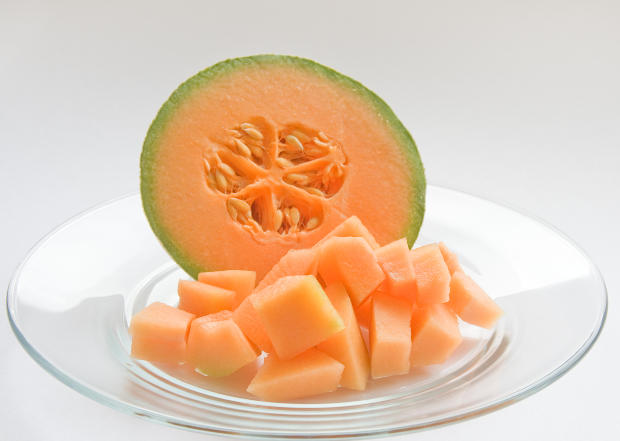 Loading... Please wait...
Loading... Please wait...Save Money. Grow Your Own!
Fast Plain Box Shipping.
We ship to the US & Canada.
Grow Your Own!
Hydroponic Muskmelons: Easy Guide
Posted on 17th May 2016
If you're looking at some fairly obscure types of crops to grow in a hydroponic environment, how about some tasty muskmelons?
At first glance, this seems like a complicated and tricky type of hydro crop. In fact, you might be asking yourself, just what is a muskmelon, anyway?
The term “muskmelon” is a broad term applied to various different types of melons, many of which are native to some tropical climates. The most familiar one to most Americans is “cantaloupe” -- we stock it at our local supermarkets and we eat it fairly frequently for breakfast.

Yes, you can grow cantaloupe and other types of muskmelon in a hydro garden. In fact, it's fairly easy. Here are some tips to start out and guide you along the way to producing this type of crop in an innovative hydroponic atmosphere.
Germination
In order to grow muskmelon from seed, you'll be looking to put that seed into some type of grow media to help it sprout into a seedling.
Yes, you can start seeds in soil or in hydroponic grow media, so why do people usually use things like rockwool to germinate melon seeds? The short answer is that these seeds are expensive, so it makes sense to avoid transplanting unless it’s necessary. If you plant a seed in the rockwool in the original pot, you won’t have to move it later.
Temperature
Keep cantaloupes and other types of similar melons at a temperature above room temperature, from about 72 to 90. Temperatures can go down somewhat at night, as part of the plant circadian rhythm that's present in nature.
You may want to expose the roots to slightly cooler temperatures, especially if you're using a deep water culture type of system. Experts point out that because the cantaloupe has large leaf areas, they need a lot of oxygenation in the area where the plant roots live. That means a bubble stone or other product can help if you're sitting the plant roots directly in the reservoir.

Vining Up Above
As plant roots grow down below, stems and other areas of the plant are growing quickly up above. One of the biggest challenges with growing melons or similar plants is preventing improper growth of stems and tendrils that can come out and choke other plants. You have to keep the plant trained to grow in the directions that are best for it. This is extremely important in hydroponics, because you may be dealing with a smaller area, for example, in a compact grow box. So you need to keep pruning the plant and training it. You may need support trellises or other tools.
Nutrients
Melons need high levels of potassium. They also need common elements like nitrogen. You can get specific ready-mix nutrient packages for these types of plants, rather than trying to figure out on your own exactly what is best.
Lighting
Like other plants, melons will need adequate lighting. Make sure you have the right luminosity and the right spectrum of lighting to help these plants to achieve photosynthesis.
Harvest
As the plant starts to produce melons, make sure to support these heavy fruits well, and pick them as soon as possible when they start to become loose from the plant stem. You will be able to enjoy a fresh slice of melon on your breakfast plate, or give away or sell these products.
Growing melons with hydroponics is essentially that easy. It's not some kind of magic thing that you won't be able to do on your own. You just need the right gear and equipment and a little know-how to start growing these tasty types of plants right in your own home or business spaces.
